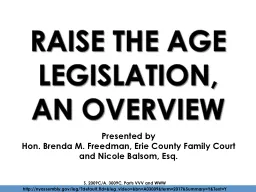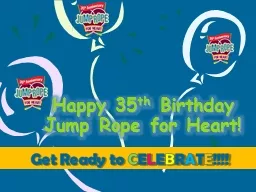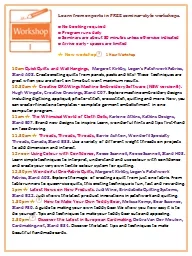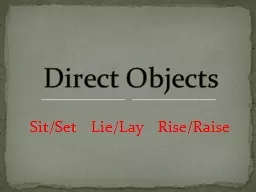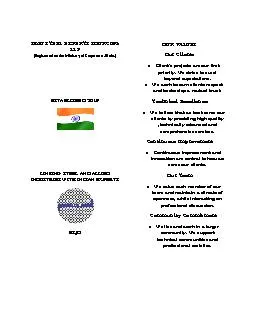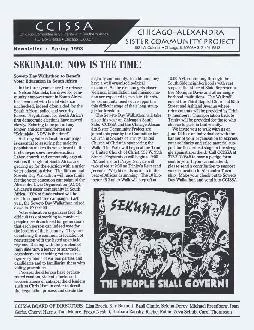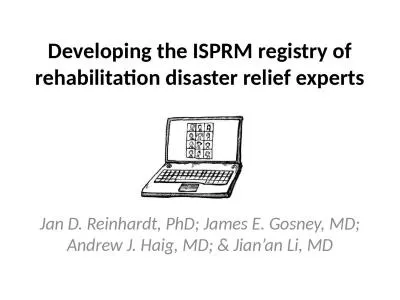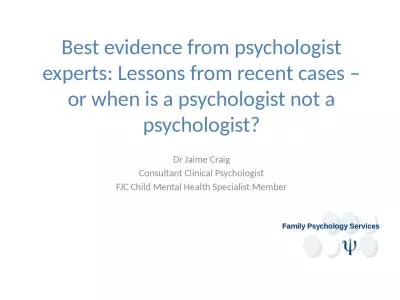PPT-RAISE THE AGE – LEARN FROM THE EXPERTS
Author : marina-yarberry | Published Date : 2019-12-02
RAISE THE AGE LEARN FROM THE EXPERTS PANEL PRESENTATION BY Hon Thomas Breslin NYS Supreme Court Hon Richard Rivera Albany County Family Court Daniel Lynch Albany
Presentation Embed Code
Download Presentation
Download Presentation The PPT/PDF document "RAISE THE AGE – LEARN FROM THE EXPERT..." is the property of its rightful owner. Permission is granted to download and print the materials on this website for personal, non-commercial use only, and to display it on your personal computer provided you do not modify the materials and that you retain all copyright notices contained in the materials. By downloading content from our website, you accept the terms of this agreement.
RAISE THE AGE – LEARN FROM THE EXPERTS: Transcript
Download Rules Of Document
"RAISE THE AGE – LEARN FROM THE EXPERTS"The content belongs to its owner. You may download and print it for personal use, without modification, and keep all copyright notices. By downloading, you agree to these terms.
Related Documents

